
© Railway Wonders of the World 2012-


The Great North of Scotland Railway
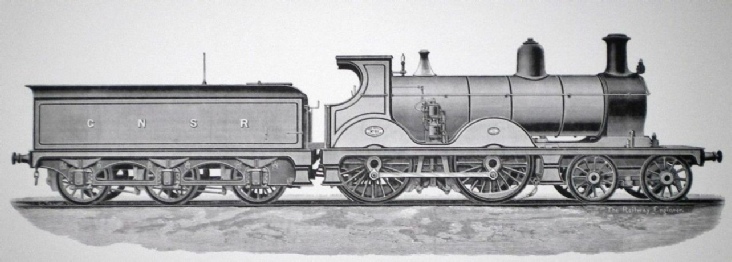
GREAT NORTH OF SCOTLAND RAILWAY No. 81. DESIGNED BY JAMES JOHNSON AND BUILT BY NEILSON & COMPANY IN 1893.
THE Great North of Scotland began with an attempt to make a line from Aberdeen to Inverness, but it has not got there yet, its trains from Elgin to Inverness running on the track of the Highland Railway. And in the same year, 1846, extensions were authorised to Fraserburgh, Peterhead, and Aboyne. Not until 1852, however, was the main line begun, the first sod being cut at West Hall, near Oyne, in the centre of Aberdeenshire; two years afterwards it was opened to Huntly, and in 1856 it reached Keith. In 1852 another company, the Deeside, obtained an Act, and in 1857 completed the line through Banchory to Aboyne. For more than thirty years this, with about half a dozen other local ventures, has been amalgamated with the Great North, and it forms the southernmost of its branches, and has been extended as far west as Ballater.
From Keith the line went to Craigellachie, whence it reaches Elgin and Lossiemouth to the north, and Boat of Garten to the south-
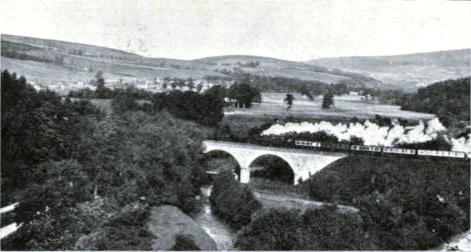
EXPRESS CROSSING THE FIDDICH VIADUCT AT DUFFTOWN.
Over the whole extent of the railway, as has been well and truly said, there are to be met with many picturesque spots, with castles, churches, and fortalices innumerable, each famous in song or legend or historical reminiscence, and presenting an infinite attraction to the artist and the antiquary. And we may add that it adopted the electric telegraph to commence with, and its proudest boast is that it has never owned a second-
It is 336 miles long, and in a year carries 10,000 passengers for each mile; its goods traffic consisting of over half a million tons of minerals, and nearly half a million tons of merchandise, mostly live stock and perishables. It owns about 400 coaches and 4000 wagons, and its engines number about 115.
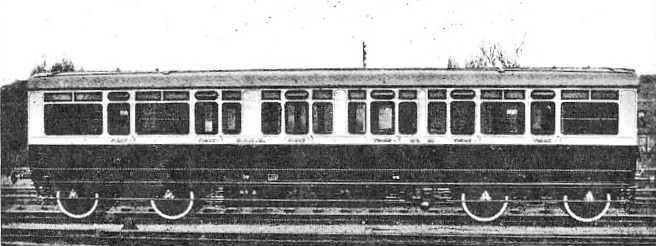
COMPOSITE CORRIDOR CARRIAGE NO. 61.
But little more than sixty of its miles are double track, and though it nowhere rises above 702 ft -
It was from Kittybrewster that its first forty miles were opened in September 1854, and there the locomotive works remained until, in 1900, they were transferred to Inverurie, where they have a character of their own from being built entirely of granite, the best and cheapest building material in the neighbourhood; of which also is the ballast of the line -
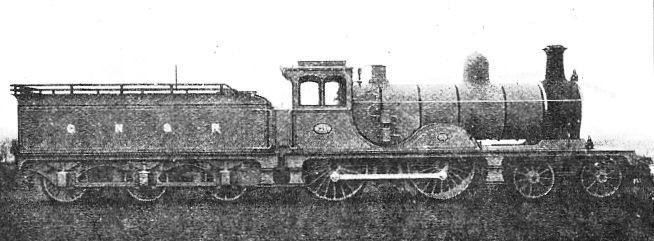
EXPRESS PASSENGER ENGINE NO. 113.
For a long time they have been 4-
It is remarkable that the ends of an engine are so seldom mentioned. Nowhere is the complicated structure of the wonderful machine more clearly indicated than on the footplate, but few are the references to the array of levers and gauges that enginemen have to manipulate; and some reference to the matter may not be out of place here, though attention can be directed only to the more important items.
The regulator is easily distinguished, though it has altered much in shape. To the right of it, as you stand on the footplate, is the vacuum pressure-
Right and left of the water-
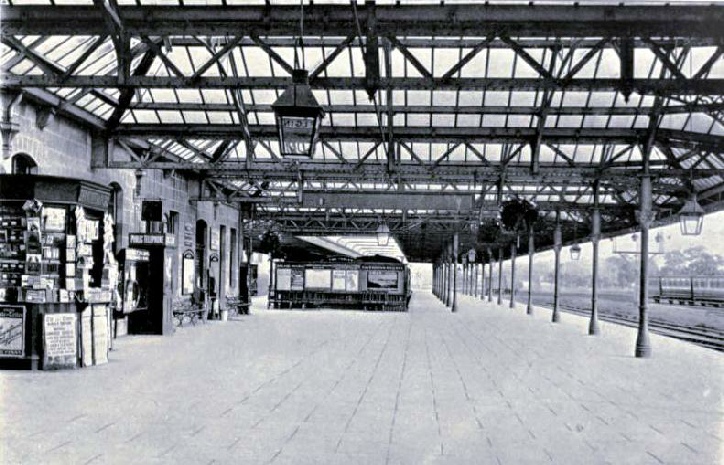
ELGIN STATION.
Above the left-
With regard to the front of an engine, the most interesting things are the lamps, now much simplified by the Clearing House Code. The disks are too numerous and varied to be dealt with except in detail, and the subject would require a long illustrated chapter devoted entirely to it.
The annual mileage of the Great North engines approaches 2¼ millions, of which 1½ millions represent its passenger traffic. Its goods traffic, besides cattle and sheep, consists largely of fish, as might be supposed from the number of fishing ports, large and small, with which it communicates round the coast; and its revenue decreases when the whisky trade is depressed, owing to the distilling industry being so important in the districts it serves.
As already mentioned, it is almost entirely a single line. Few are aware that of the 20,000 miles of this island’s railways 7500 are single track. Our railways are not all double lines of 4 ft 8½-
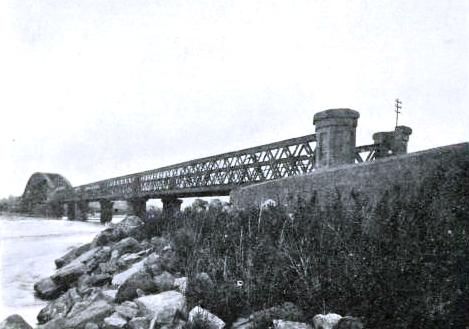
THE BRIDGE OVER THE SPEY AT FOCHABERS.
The iron templates that show the loading gauges are seen hanging up across the siding at many stations. Not only has the middle height above the rails to be taken into consideration, but owing to the shape of the arched bridges and tunnels the height at the side and also the width have to be reckoned with. It does not do to run too close to the span of the gauge, as witness the story of the pantechnicon furniture van that cleared all the bridges going out loaded, and could only be brought back by a roundabout route when empty because the weight having been taken off the springs it was an inch higher at the shoulder. That was not on the Great North, for the springing of its lowest arch is 11 ft 3-
In 1856 its Aberdeen station was at Waterloo, that of the Aberdeen Railway (absorbed by the Caledonian in 1866) being at Guild Street, and between the stations was nearly half a mile of crowded quays. To fill the gap between Aberdeen and Kittybrewster the Denburn Valley line was made at a cost of £190,000, and Waterloo was left with the goods, the passenger work being transferred to the new joint station that inside is so very like the old Brighton at Victoria, the roof being almost exactly the same. Into it come not only the Caledonian but the North British, whose running powers bring it in all the way from Kinnaber, which is farther from Aberdeen than Reading is from London.
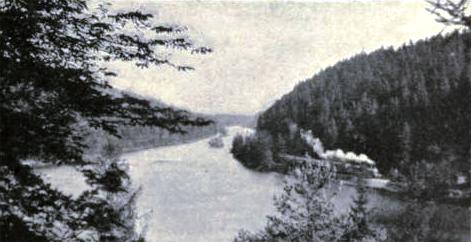
GREAT NORTH EXPRESS PASSING LOCH PARK, DRUMMUIR.
You can read more on “The Highland Railway”, “Railways of Caledonia” and “Scottish Mountain Railways” on this website.